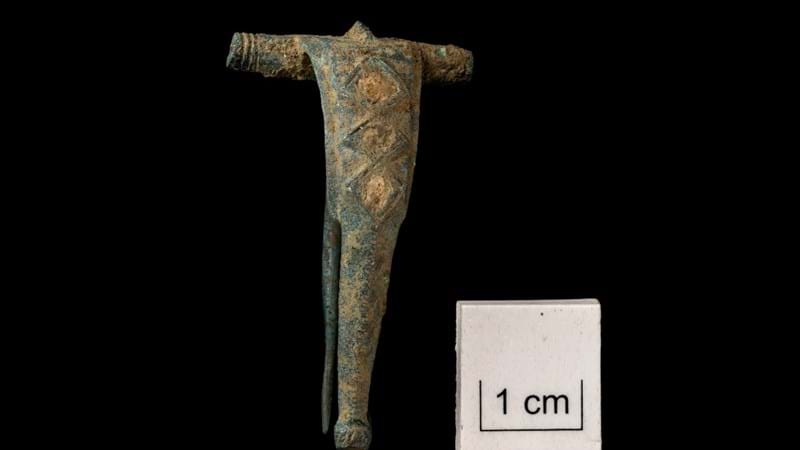Historical finds on Somerset scheme
Published
14 Dec 2022
New road upgrade helps to build knowledge of Somerset’s rich history

Share this article
Archaeological investigations ahead of construction of the A303 Sparkford to Ilchester scheme in Somerset, are revealing details of the changing landscape and the lives of local inhabitants over more than 7,000 years.
Wessex Archaeology has been working closely with National Highways contractors Galliford Try, on the scheme which will improve a three-mile section to high-quality dual carriageway to make the road safer and more reliable.
As the new route takes shape, the archaeological team have been working hard to chart the history around the old route, and the communities who have lived and worked alongside it. Among the finds so far, the team have found:
• Worked bone combs, traditionally associated with textile working, although it is unclear precisely how they were used.
• Scallop shell with a 6mm hole drilled through, suggesting it was hung as a decoration
• Copper alloy brooch, decorated with enamel-filled lozenges, dating back to between AD 60–150 (pictured above)
• Worked bone point which could have been used as a pin, skewer, weaving shuttle or pin beater for textile manufacture
• Mesolithic chert and flint tools
• Neolithic flint knives and charred plant remains from Neolithic pits
• Iron Age and Romano-British storage pits

Some of the finds date back to the Mesolithic age, while a worked bone comb dates back to the Iron Age
All finds are being recorded and evaluated, and the more significant discoveries will be housed in a permanent archive.
The £140 million upgrade is scheduled to be open to traffic in 2024, and further information on the scheme is available here https://nationalhighways.co.uk/our-roads/south-west/a303-sparkford-to-ilchester/
